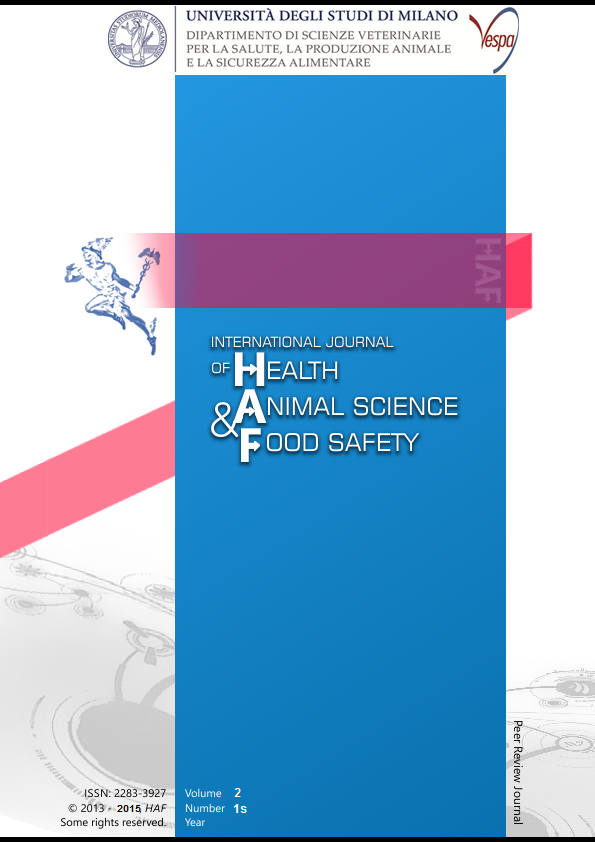Abstract
Honeybees (Apis mellifera) play important roles in modern agriculture regarding zootechnical production and crop pollination. Recently, honeybees have received more attention from the public, beekeepers and researchers due to emerging heath issues. Thus, scientific interest for honeybee health and selection resistance to major pathogens is sharply increasing. Honeybees evolved social immunity mechanisms consisting in the cooperation of individuals to control disease level in the hive, and in particular hygienic behavior (HB), as based on the uncapping and removal of dead, diseased or parasitized brood. HB is affected by heritable and environmental factors, and specific neurogenomic states can be inferred based on the coordinated brain expression of transcription factors and their predicted target genes, including Mblk-1 (transcription factor that function in the mushroom body) and Obp4 (sensitive olfactory detection in the antennae of adult bees). Besides, microRNAs are known to influence neurological status linked to age-related social behaviour in honeybees7. In order to investigate the relationship between microRNA expression and HB, the present work performed the expression profile of selected honeybee brain microRNA in individual’s honeybee from field colonies with high HB level compared to low HB level, in comparison with the expression profile of Mblk-1 and Obp4. The genetic information resulting from this project could help to understand the role of microRNAs in HB and to drive honeybee selection schemes for production, health, and behavioral traits favoring pathogen control.Riferimenti bibliografici
Cremer et al. 2007. Social immunity. Current Biology 17: R693–R702; Cremer et al. 2009. Philosophical transactions of the Royal Society of London B364: 129–142; Robinson (2004). Genomics. Beyond nature and nurture. Science 304: 397-399; Chandrasekaran et al. (2011). Proceedings of the National Academy of Sciences 108: 18020-18025;Takeuchi et al. (2001). Insect Molecular Biology. 10: 487-494. Forêt at al. (2006). Genome Research 16: 1404-1413. Behura et al. (2010). Insect Molecular Biology 19: 431-439.
This work is licensed under a CC BY-SA 4.0 international

